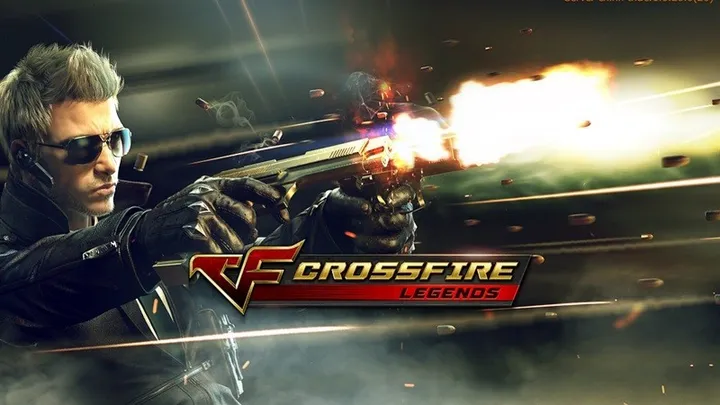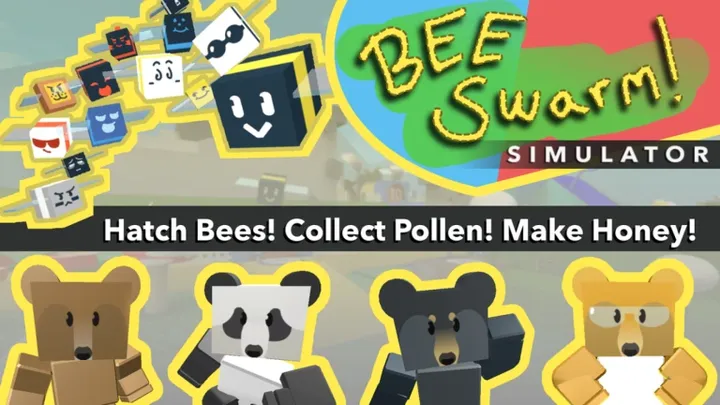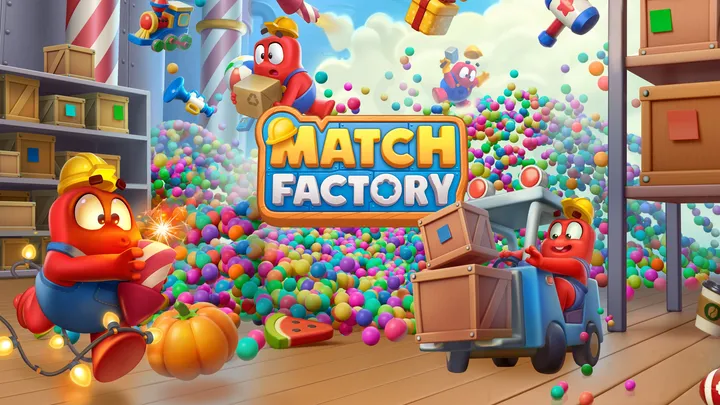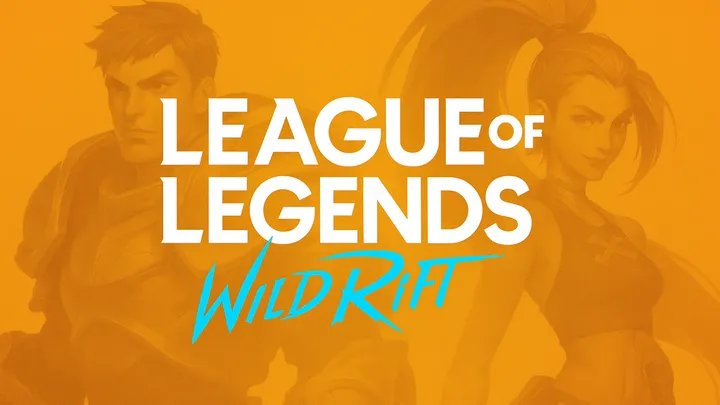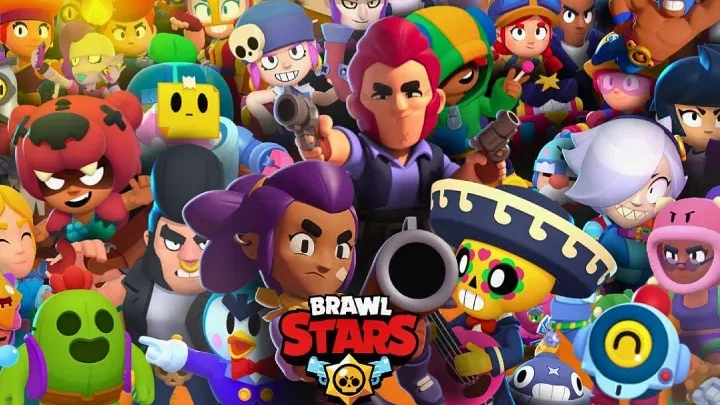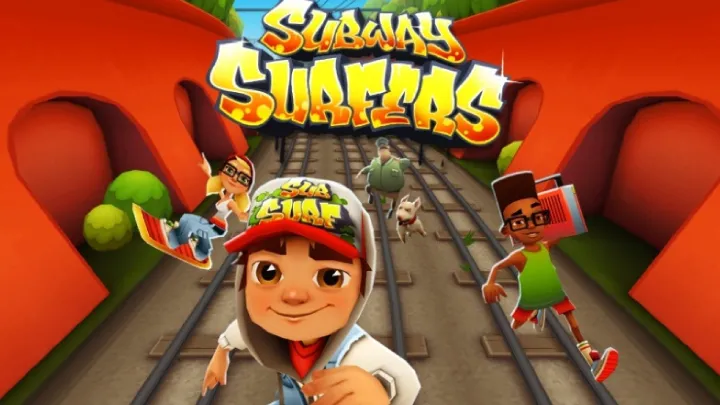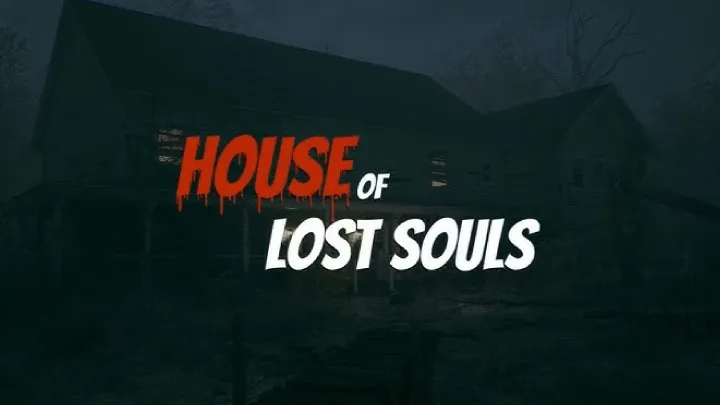LATEST ON BLOG
View more
How to Play Dream League Soccer 2026 Effectively and Win More Matches
Learn how to play Dream League Soccer 2026 effectively by building a balanced squad, upgrading facilities wisely, mastering manual defending, controlling passing tempo, managing stamina, and making smart tactical decisions to win more matches consistently.

How to Play Oxygen Not Included Effectively and Build a Stable Colony
Learn how to play Oxygen Not Included effectively by managing oxygen flow, heat, food production, and duplicant stress, while planning efficient base layouts and long-term resource systems to build a stable, sustainable colony.

How to Play Stardew Valley Effectively and Build a Thriving Farm
Learn how to play Stardew Valley effectively by managing time and energy, choosing profitable seasonal crops, upgrading tools wisely, balancing farming and mining, and investing in long-term systems to build a thriving, efficient farm.

How to Play Slay the Spire Effectively and Win More Runs Consistently
Learn how to play Slay the Spire effectively by building focused decks, drafting cards based on upcoming threats, managing health and relic synergy, and making smart long-term decisions to win more runs consistently.
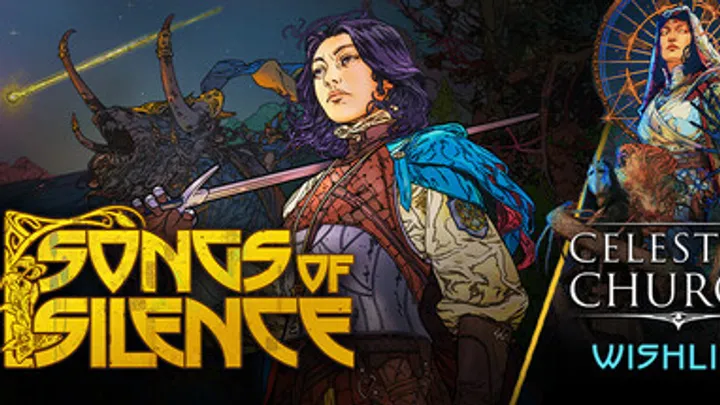
Songs of Silence – Tips & Guides to Master Strategy, Combat, and Kingdom Growth
Songs of Silence rewards smart strategy, tactical combat, and careful resource management in a dying world.
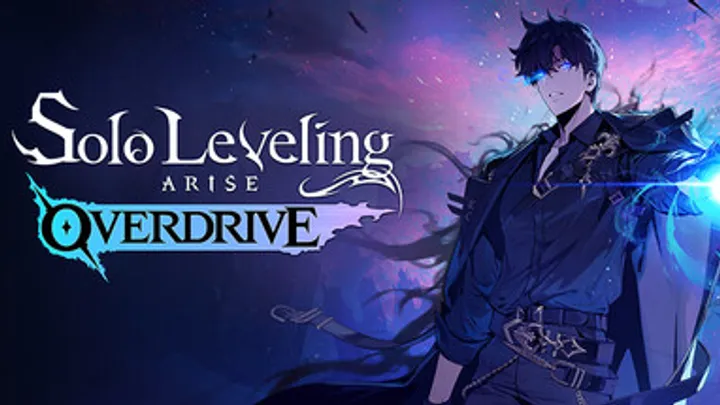
Solo Leveling: ARISE OVERDRIVE – Tips & Guides to Power Up Faster
Solo Leveling: ARISE OVERDRIVE rewards skillful combat, smart upgrades, and strategic shadow usage.
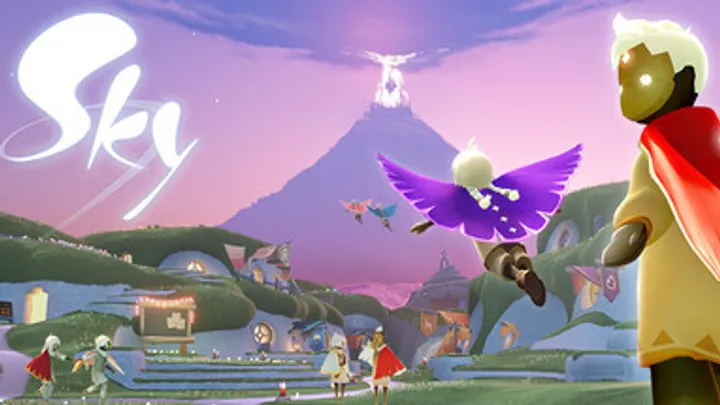
Sky: Children of the Light – Tips & Guides to Explore, Connect, and Grow
Sky: Children of the Light rewards exploration, kindness, and cooperation in a peaceful shared adventure world.
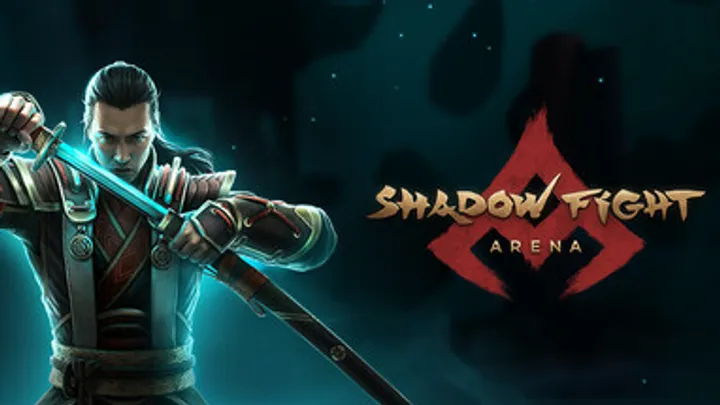
Shadow Fight Arena – Tips & Guides to Master Combat, Timing, and Hero Strategy
Shadow Fight Arena rewards timing, spacing, and calm strategy over reckless attacks and random aggression.
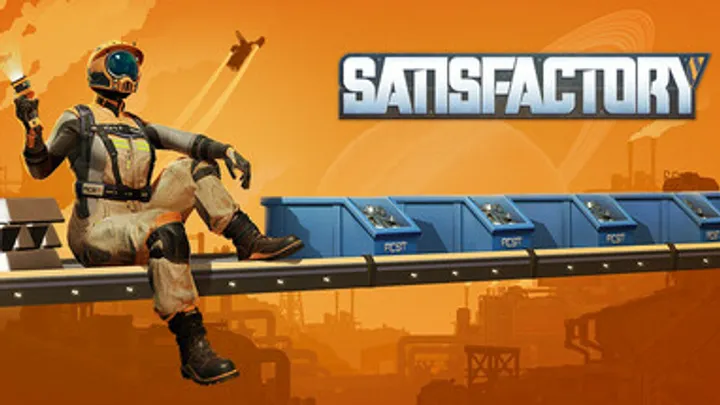
Satisfactory – Tips & Guides to Build Efficient Factories and Scale Without Chaos
Satisfactory rewards clean layouts, smart automation, and scalable factory planning over rushed, messy builds.
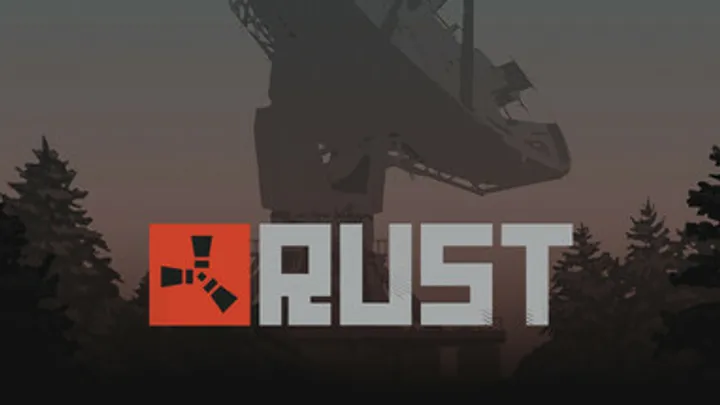
Rust – Tips & Guides to Survive, Build, and Dominate a Hostile World
Rust rewards smart survival, strong base design, and calm decision-making in a world where everything can be lost.
LATEST Reviews
View more

